Article
Priority 1b - Secure Mississippi and tributaries and the Port of New Orleans.
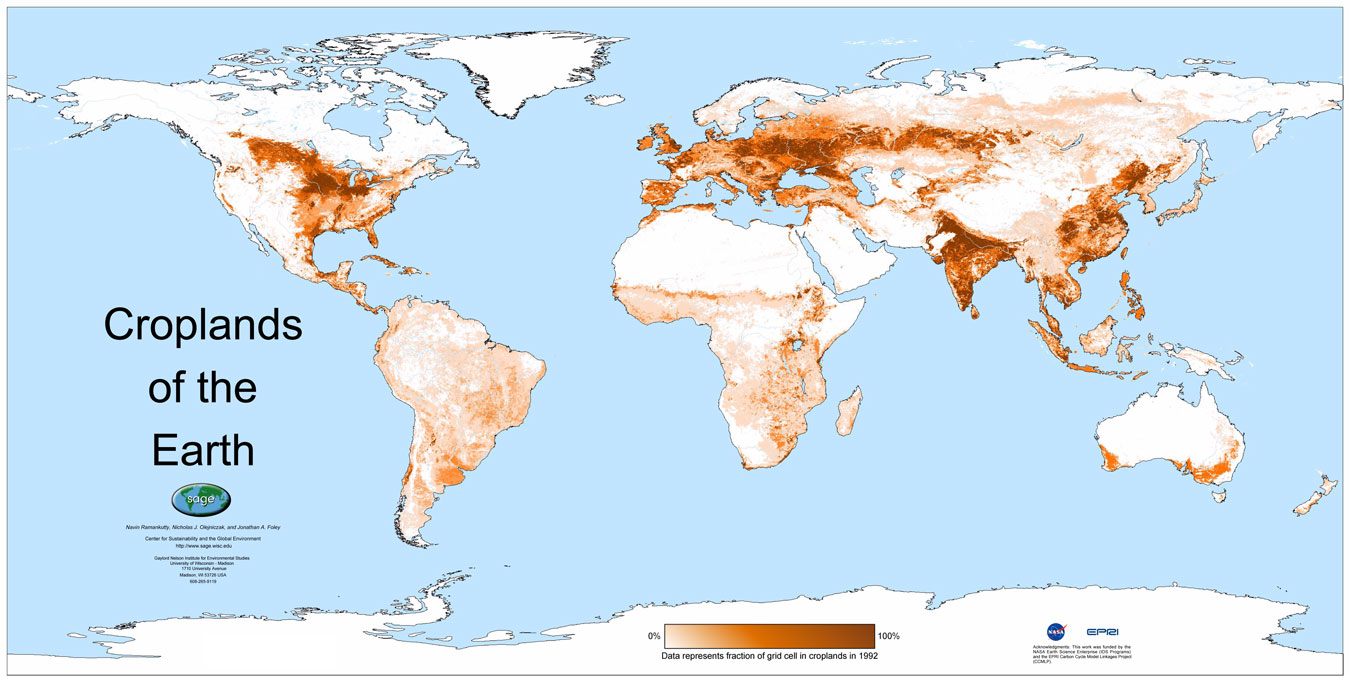
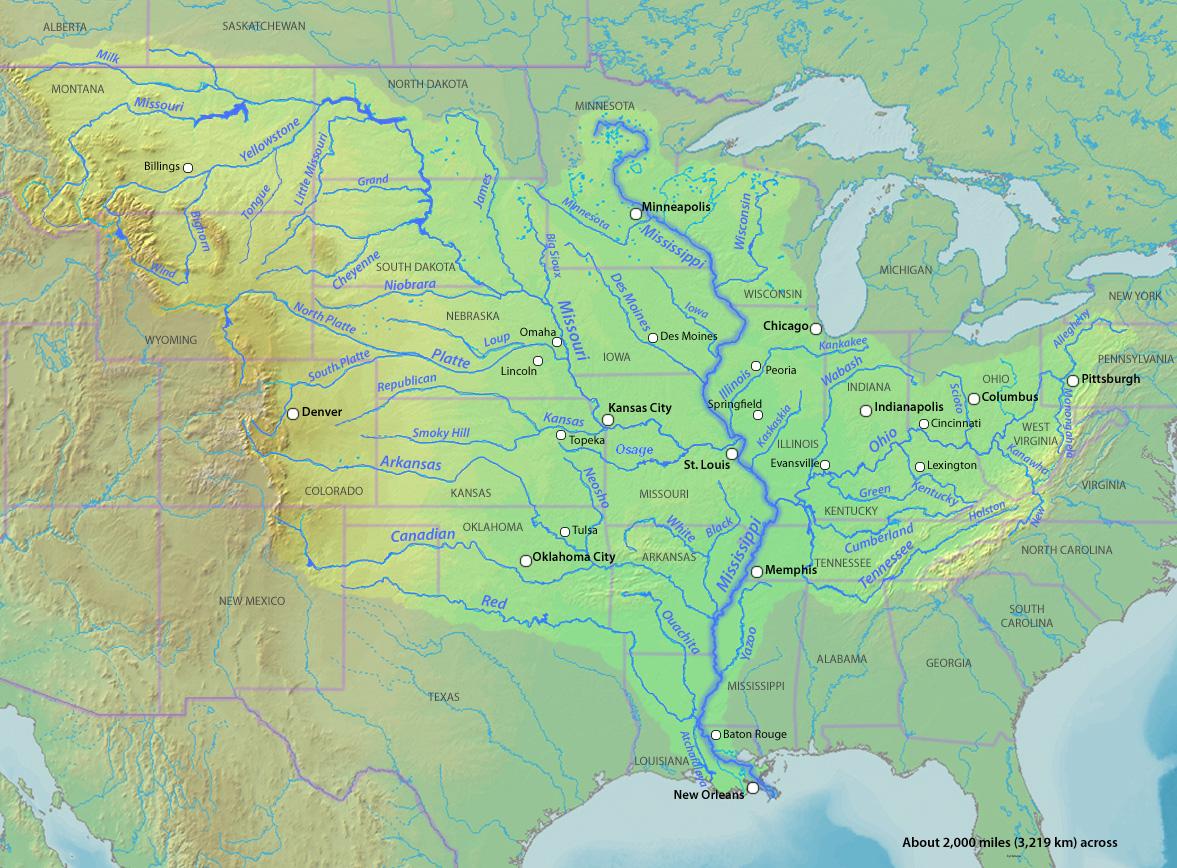
So if you find yourself in Ohio today and you want to be in NYC what do you do? Obviously you get on a boat, sail to New Orleans, get on another boat, and sail to NYC. Right? Well in 1802 you would; especially if you and your town wanted to move your agricultural products to the place where you could sell it. Do recall my interest with rivers and ports and such. Problem was the US did not really control that river or that port. Fortunately the dude who did could not hold it nor did he want to try since he was otherwise occupied at the time. So we bought it. Great success!!
Our brothers to the North had been occasionally troublesome and we did want those excellent lakes and rivers up there so the US could connect them to the ports in the North. The US did do this and fought about it. But in general the trouble of dealing with GB was not worth it. See lingering issues of problem 1a.
(Note that these priorities are not linear. They fade into each other but I am following history - more or less)
Problem 1c - Mexico.
Priority 1c - Secure the southern boundary.


^really crappy
Well basically after securing LA and its most excellent port the US ran into it first major challenge to Priority 1. Immediately adjacent to New Orleans was an independent State that was, at least 'on paper', far stronger than the US. By all metrics that normal people look at Mexico should have dominated the US. Now I am not going to write the geopolitical analysis of Mexico here but it sucked. Take almost all the geographical advantages of the US and reverse them and you have Mexico. But anyway they looked stronk at the time. They also threatened New Orleans and this would never do. So the US fixed that problem too. In doing so it concluded, almost by accident, priority 1 in its totality.
After the Mexican/American War the US controlled the important parts of North America. Had secured it southern flank and reached the other end of the continent. At this point the US took a break for about two generations to do two things: a) fill the key interior and b) become more internally unified. The US did 'a' well but had a small hiccup figuring out 'b'. 'a' of course required a little creative management of the people who were left living where the US wanted to occupy.
Even for this analysis that is a bit of an oversimplification because the US also worked on, finally, priority #2.
USA Priority #2: Secure the Gulf of Mexico
Woot. I can break this into two or even three categories as well. Lets see:
Problem 2a - New Orleans is vulnerable.
Priority 2a - Secure or neutralize everything in the Gulf.
The US solved a good chunk of this when they fixed the problem with Mexico.
Problem 2b - Sea access from New Orleans to the North Atlantic is not secure.
Priority 2b - Dominate the Gulf of Mexico.
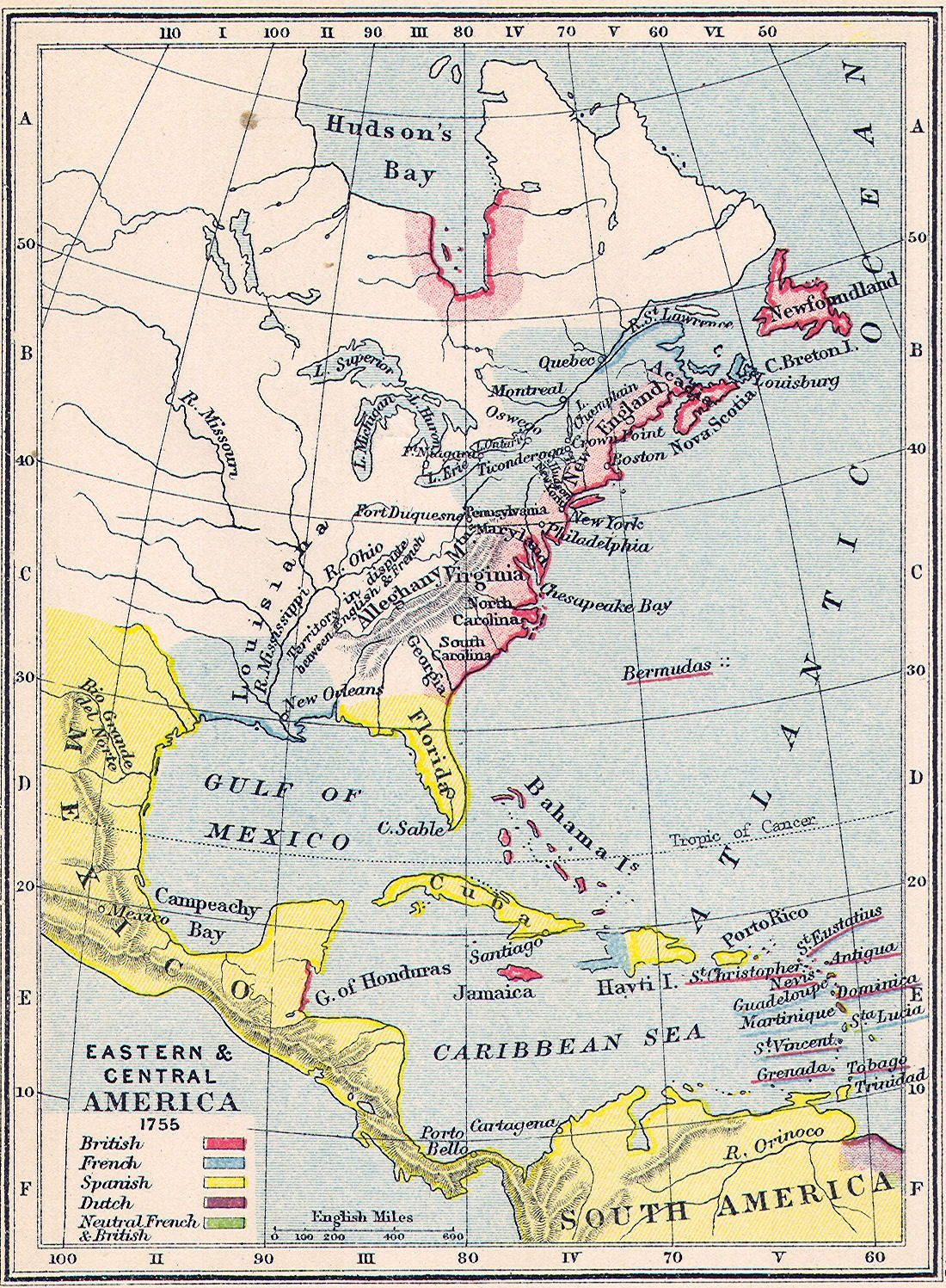
Do you see the problem there? The map is a bit earlier than the point in history we are at but w/e.
Right. One big obnoxious island in particular is owned by an obnoxious European and dominates the exit to the North Atlantic. So what to do? Well take it away of course. Was this a fortuitous or engineered war is generally irrelevant. It did what it was supposed to.
That is really all it took but it DOES tie into priority #4. But I suppose we should hit on #3 first right?
Problem: The USA's North and South borders are not completely secure.
USA Priority #3: Keep outside powers from influencing North and South America.
The USA recognized this priority far far earlier than it could actually do anything about it.
But it steadily worked at this goal from almost the first six frigates until it actually could do something about it. It is hard to point to a particular point where the US achieved this priority but I will give it a go. The problem with controlling or trying to control two oceans separated by a big old continent is getting your ships from one to another. The solution is easy. Cut through the middle of whatever land in the way so those boats can basically walk on land. There was already a model for this and the US just went ahead and did it. Not only did this allow for warships to transit from one ocean to the the other it allowed trade to do so at the same time. This was good of course. But...it did lead to, or assist in bringing about, another problem.
The problem was a shift in where on earth the global 'center of gravity' was. Prior to this period of history the North Atlantic was the overwhelmingly dominant center of global trade. He who controls the spice controls the universe. And that is what made a small Island off the coast of France into the 2nd global hegemon. But alas for them the world changed. Even more unfortunate was that this shifting global structure coincided with a regional shift of power where a group of artificial buffer States in Europe with a common, common enough anyway, heritage coalesced into a nation/state. This shift in global power and the loss of a buffer zone led to some horrific wars.
So it was more, obviously, than the Panama Canal that led to GB's inability to maintain global stability and onset of WWII. (Note that France brought about their own geopolitical problem -Germany- by solving one of their own priorities. But that is another story.) But shifting the global sea lanes was part of the instability. And naturally helped lead to:
Problem: International trade is US trade and the US is now the global hegemon.
USA Priority #4: Dominate the World's Sea Lanes.
What a huge task. Obviously there are important and less important sea lanes. The bosphorus is not as important as Malacca but if you can control them all then you are pretty much good to go. Right? Well, thank Dio the USA was up to it and this is the near culmination of the USA's priorities.
I reference priority #4 at the end of priority #3. The USA did not stop with 6 ships. In fact its internal troubles that I mentioned allowed it to surge into priority 3 and 4 but it would have done so anyway eventually. In fact by the Spanish/American war the USA had a pretty credible navy. By the end of WWII the effects of the shift in the global center of gravity had really become really apparent. Not only had sea lanes shifted but the US had lots and lots of carrier battle groups. What a difference five generations can make.
More importantly the real global center of gravity now lay on the Mississippi vice the North Atlantic more or less. The State that controlled that basically controlled two oceans and hence, almost by default, is the global hegemon. But controlling the worlds sea lanes brings up the 5th and hardest to define problem. That is the struggle between the sea power and the land power.
USA Priority #5: Ensure the heartland does not come to dominate Eurasia.
Here is the tough one. So I will drop a map:

[spoiler]
 [/spoiler]
[/spoiler]
This is from a fellow named Mackinder. He was not an idiot but he did make an error. He believed that advances in technology had invalidated the advantage of water transport over land transport - he was a big fan of the railroad to be precise. Given this assumption, which has so far proved untrue, his thesis makes a lot of sense. He believed that the heartland connected with rail would become the center of the trade. Imagine all the countries from Portugal to South Africa to India to China moving stuff around as easily as LA does to Shanghai. The world would change forever. But that has not happened yet. It still costs a lot more to move shit on rail vs sea. The sea, for example, does not require maintenance costs per mile - rail and road do.
Anyway, there is still a case for this heartland or 'pivot region' as he also called it coming to dominate the world. Enough so that the USA reacts when it perceives it as a threat. This, in essence, explains the cold war. That conflict was basically the same land vs sea power struggle that played out over and over again with the same general result. It also explains why the USA got involved in Mesopotamia and the Hindu Kush recently. I have skipped over analysis of successes and mistakes throughout US history and will not evaluate recent ones. But it does explain it.
So. I believe we are all caught up in history and have simultaneously laid out the USA's geopolitical priorities. So lets just fucking list them here.
USA Priority #1: Secure North America
Priority 1a - Find depth beyond the Eastern Seaboard.
Priority 1b - Secure Mississippi and tributaries and the Port of New Orleans.
Priority 1c - Secure the southern boundary.
USA Priority #2: Secure the Gulf of Mexico
Priority 2a - Secure or neutralize everything in the Gulf.
Priority 2b - Dominate the Gulf of Mexico.
USA Priority #3: Keep outside powers from influencing North and South America.
USA Priority #4: Dominate the World's Sea Lanes.
USA Priority #5: Ensure the heartland does not come to dominate Eurasia.
Previous article:
Understanting RL America Part 1 (12 years ago)
Next article:
Running for congress (12 years ago)
About the game:
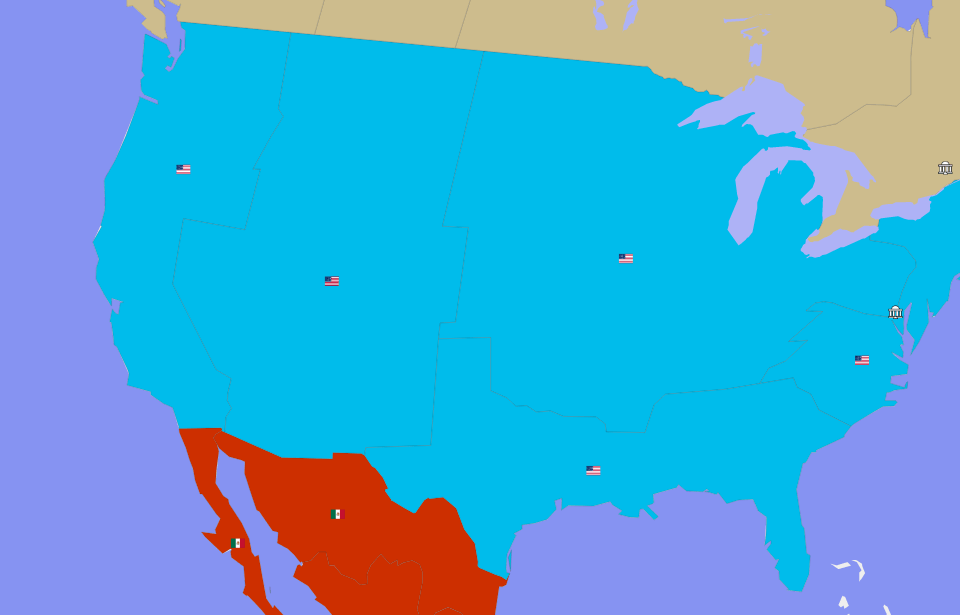
USA as a world power? In E-Sim it is possible!
In E-Sim we have a huge, living world, which is a mirror copy of the Earth. Well, maybe not completely mirrored, because the balance of power in this virtual world looks a bit different than in real life. In E-Sim, USA does not have to be a world superpower, It can be efficiently managed as a much smaller country that has entrepreneurial citizens that support it's foundation. Everything depends on the players themselves and how they decide to shape the political map of the game.
Work for the good of your country and see it rise to an empire.
Activities in this game are divided into several modules. First is the economy as a citizen in a country of your choice you must work to earn money, which you will get to spend for example, on food or purchase of weapons which are critical for your progress as a fighter. You will work in either private companies which are owned by players or government companies which are owned by the state. After progressing in the game you will finally get the opportunity to set up your own business and hire other players. If it prospers, we can even change it into a joint-stock company and enter the stock market and get even more money in this way.
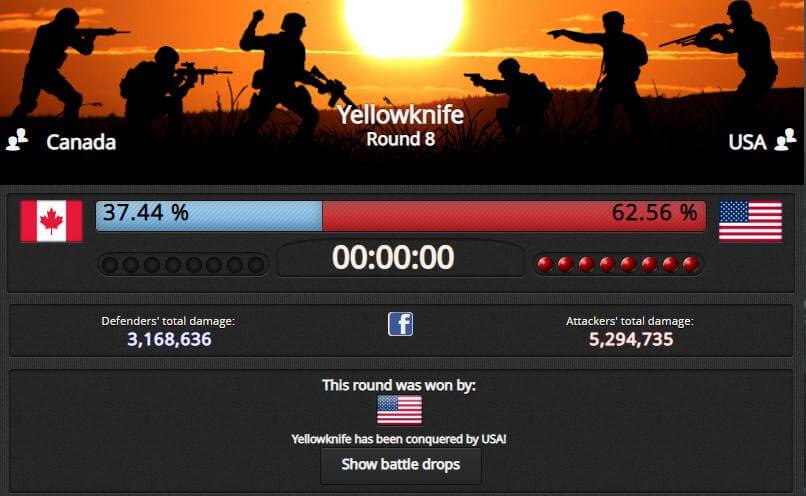
In E-Sim, international wars are nothing out of the ordinary.
Become an influential politician.
The second module is a politics. Just like in real life politics in E-Sim are an extremely powerful tool that can be used for your own purposes. From time to time there are elections in the game in which you will not only vote, but also have the ability to run for the head of the party you're in. You can also apply for congress, where once elected you will be given the right to vote on laws proposed by your fellow congress members or your president and propose laws yourself. Voting on laws is important for your country as it can shape the lives of those around you. You can also try to become the head of a given party, and even take part in presidential elections and decide on the shape of the foreign policy of a given state (for example, who to declare war on). Career in politics is obviously not easy and in order to succeed in it, you have to have a good plan and compete for the votes of voters.
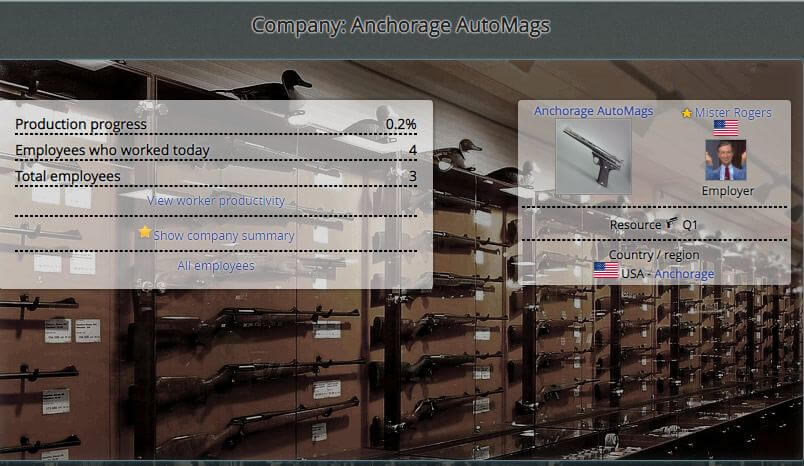
You can go bankrupt or become a rich man while playing the stock market.
The international war.
The last and probably the most important module is military. In E-Sim, countries are constantly fighting each other for control over territories which in return grant them access to more valuable raw materials. For this purpose, they form alliances, they fight international wars, but they also have to deal with, for example, uprisings in conquered countries or civil wars, which may explode on their territory. You can also take part in these clashes, although you are also given the opportunity to lead a life as a pacifist who focuses on other activities in the game (for example, running a successful newspaper or selling products).

At the auction you can sell or buy your dream inventory.
E-Sim is a unique browser game. It's creators ensured realistic representation of the mechanisms present in the real world and gave all power to the players who shape the image of the virtual Earth according to their own. So come and join them and help your country achieve its full potential.

Invest, produce and sell - be an entrepreneur in E-Sim.

Take part in numerous events for the E-Sim community.

